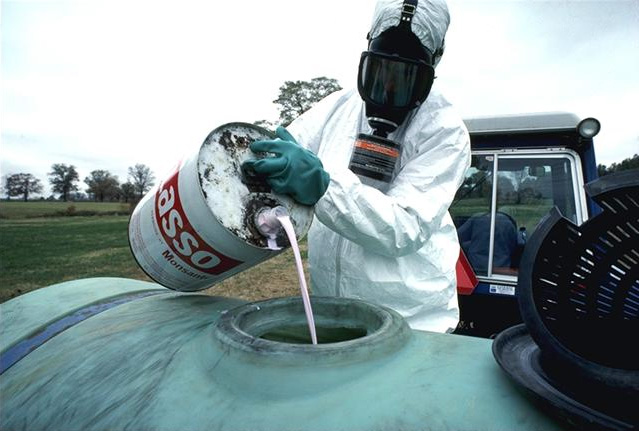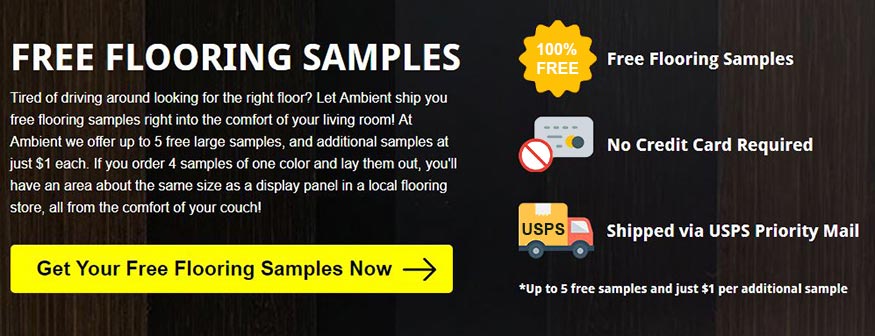Wood products are common in the home – and for good reason! They are gorgeous, flexible in style, and add a natural warmth to any room. Traditional woods, however, can damage the environment when harvested, and the production process has an immense carbon footprint. Bamboo products have become an increasingly popular alternative for sustainable initiatives. The bamboo plant itself is renewable without the need for replanting. It also is equipped with incredible durability and natural resistances that increase the longevity of whatever product it is used for.
It’s no secret that life on our little blue planet is often substantially less green than it could be: from entire forests being cut down to satisfy the logging industry, to oil leaking out into our oceans, to litter building up in our streets. This is why more and more people are doing things to lower their environmental impact, i.e., going vegetarian or using public transportation.
If you’re attempting to live more sustainably, you probably also want to make greener choices regarding the products you bring into your house. This could mean:
- cutting down on unnecessary packaging
- finding longer-lasting items
- choosing zero-waste options that can be recycled or even composted at the end of their lives rather than being sent to the landfill
What if I were to tell you that there was another way to go about this? These initiatives are incredibly important, and we wouldn’t seek to distract from that. Sometimes, a sustainable lifestyle can start at the manufacturing plant. As we consider longer-lasting or recyclable items, it boils down to materials. This avenue is where bamboo products especially shine.
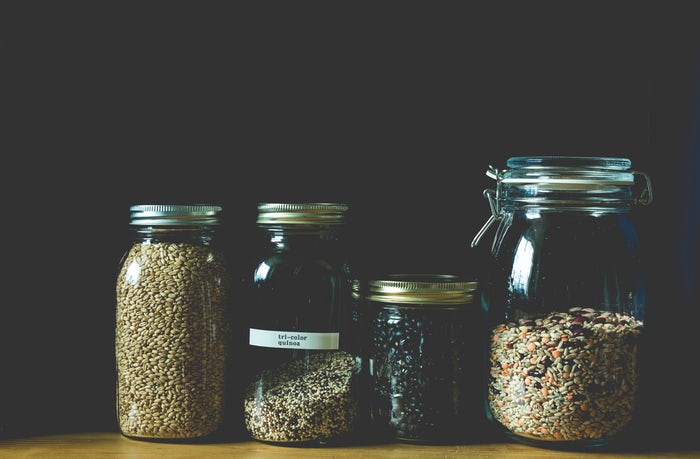
A better material for the world
If we had a magic wand, we’d like to make sure every product would be long-lasting, inexpensive, easy to recycle/compost at the end of its useful life, and made from eco-friendly resources. Sadly, we don’t have that magic wand. But if we did, it would be made from the material that fulfills all of these criteria: bamboo!
What makes bamboo an eco-friendly material?
Let’s dive right in by explaining why bamboo is the green choice for your future purchases.
Healing the planet
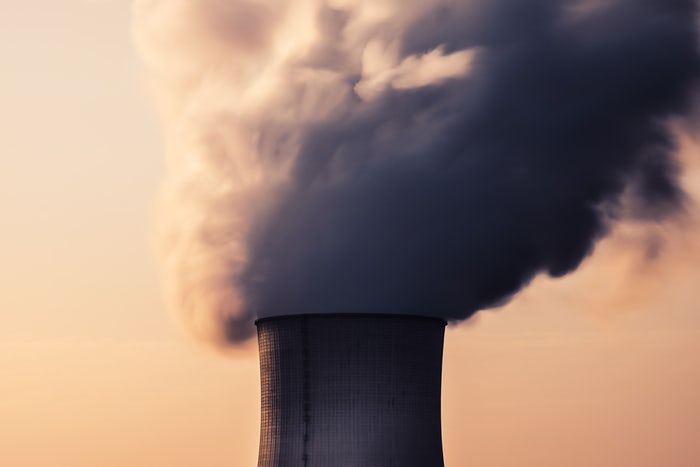
1. Regenerating soil and removing toxins: When the soil has been damaged due to pollution or poor farming practices, it can become infertile or even diseased. Bamboo is one of the few plants that can grow and thrive in these areas, but it can also:
- Regenerate the topsoil when its nutrient-rich leaves fall off and decompose
- Remove toxins (i.e., mercury, lead) from the soil and trap them inside its stalk where they pose no danger to humans
2. Making the air breathable: Most people know that all plants take in CO2 and emit oxygen during photosynthesis. You can still be forgiven for not knowing that bamboo does this four times more effectively than hardwood trees.
Rapidly renewable resource
Bamboo is a type of grass that grows to maturity after about five years, depending on the species. Fully grown bamboo is harvested by being cut at the stalk base, from which it will later regrow. Because bamboo only takes a short time to grow, it is better to use this for creating products in our homes instead of using hardwoods that can take decades to grow, metals that are harvested from the center of the earth, or plastics that are created from our fast-depleting oil sources.
A gentle harvest
Stabilizing the earth
As previously noted, bamboo plants do not need to be uprooted during harvesting, unlike hardwoods. This reduces deforestation – yay! – and means that the soil around the plant is not being destabilized, so it’s less likely to erode in wind and rain. Soil erosion can quickly lead to decreased water quality in the surrounding area, soil infertility, and even mudslides, so we must avoid this at all costs.
No pesticides needed
Bamboo plants grow tall and strong without pesticides, leaving less chance of any harm to insects or animals and less pollution. Why d’ya think the people who spray crops wear those HAZMAT-Esque suits?
The Top 13 Bamboo Products for Your House
Not only is bamboo much more eco-friendly than other similar materials, but it’s also much more cost-effective to produce, making your goods much cheaper. Thus, without further delay, we present you with our top 13 bamboo products we wouldn’t be without.
1. Bamboo toilet paper
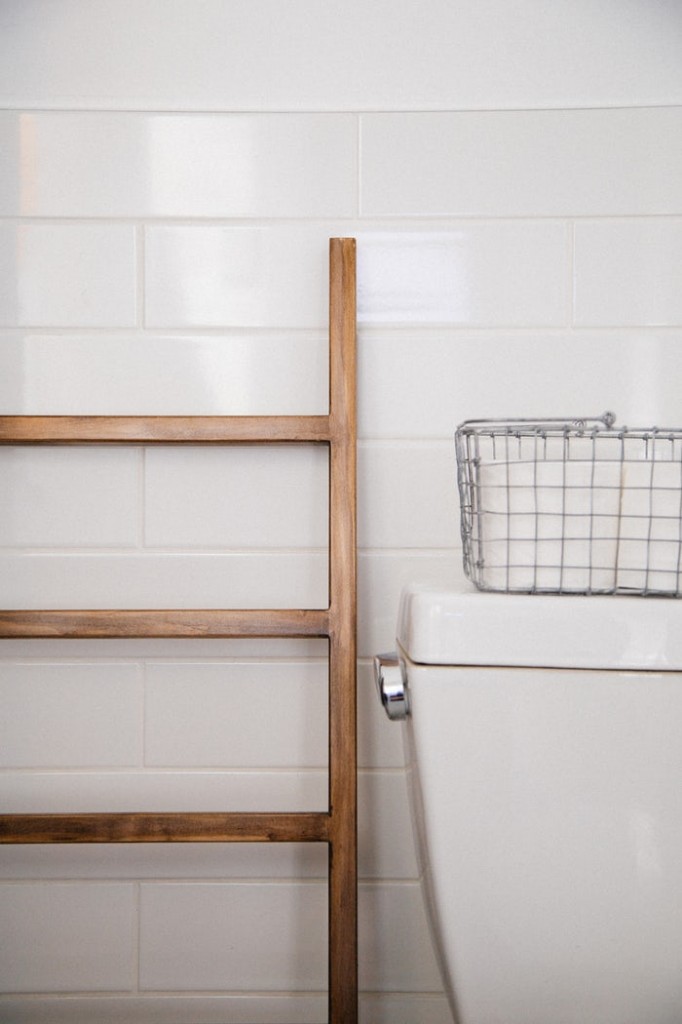
2. Bamboo on-the-go utensils
Disposable cutlery is one of the most irritating things for many eco-friendly people because you rarely think about taking a fork to work for your lunchtime salad or checking out the utensil situation at a café before ordering. Also, no one feels reassured if you’re carrying a metal knife in your bag… just saying. That’s where bamboo cutlery – sealed with an all-natural, vegan, and food safe finish – comes in. Just keep it in your bag and rinse with clean water after use.
3. Bamboo Speakers
It’s often hard to recycle electrical products when they break because they’re made up of a mixture of plastics, metals, and scary looking wires. They can’t be recycled as a whole unit, and they’re hard to break down into their base materials. In most areas, you have to take them to the dump or a specialized recycling plant. The problem is that many of these areas are out of the way, which means that you either increase your carbon footprint by driving there or end up putting them in a landfill. Instead, opt for bamboo speakers that can easily be recycled at the end of their life by sending them back to the company that made them.
4. Bamboo towels
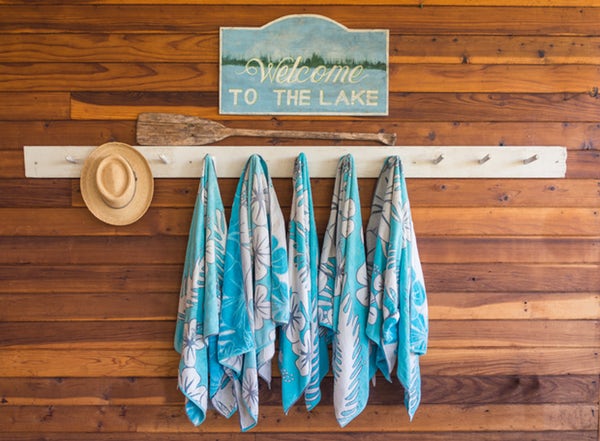
5. Bamboo Bottle
140 million plastic bottles are being sent to landfills in the US every day. That doesn’t even account for those bottles that end up littering our oceans or green spaces. As part of an effort to combat this problem, more people seek a reusable bottle for their drinks; this is where bamboo water bottles come in. They’ll keep your drink cool, they’re tough enough to survive being dropped during a run, and they look awesome too.
6. Bamboo solar battery
Many people can’t stand going off-grid nowadays, with 90% of Americans reporting that they suffer from some symptoms of Low Battery Anxiety. Beat this fear without harming the environment by investing in a solar-powered battery charger made from bamboo. It’s double the eco-friendliness in just one product. Don’t worry; it’s also really gentle. That’s hardly the area where you want to skimp on softness.
7. Bamboo floors
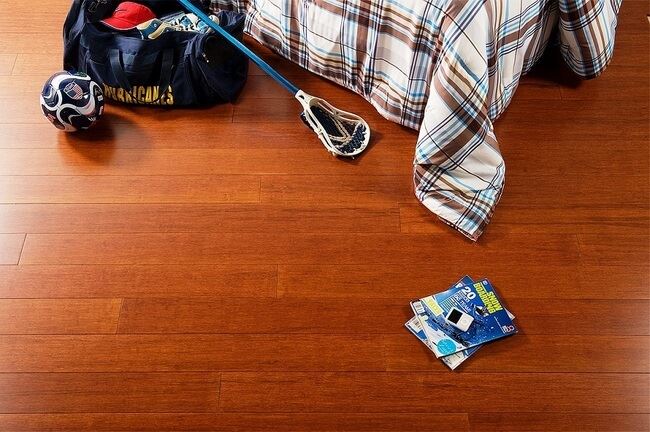
More people than ever choose to install bamboo floors in their houses because it satisfies the three Bs: Beauty, Brawn, and Brains. Don’t believe me? Let’s take a more detailed look.
Beautiful bamboo floors
Bamboo flooring can suit any design scheme, so no matter what your décor, you can have a bamboo floor to match. If you have a more natural look to your home, then you can choose thick bamboo planks in their natural state. Or, if your home has a rustic vibe, you could select planks with a darker varnish and a more textured finish. Even modern homes can enjoy the many benefits of bamboo floors. Beautiful, whitewashed planks, like Studio White Bamboo Hardwood Flooring, will brighten any room and bring new life to dark furniture.
Strong bamboo floors
Bamboo floors are one of the toughest floors around. Strand woven bamboo flooring, created by applying pressure and heat to bamboo strands, clocks in at a massive 3,000 on the Janka hardness scale, beating out all hardwoods. Even solid or engineered bamboo floors still rank above most hardwood floors. Solid bamboo planks are three times stronger than oak and will stand up to a lifetime of family drama, from foot-stomping to full-on temper tantrums. And that’s just from the adults.
Bamboo floors: the smart choice
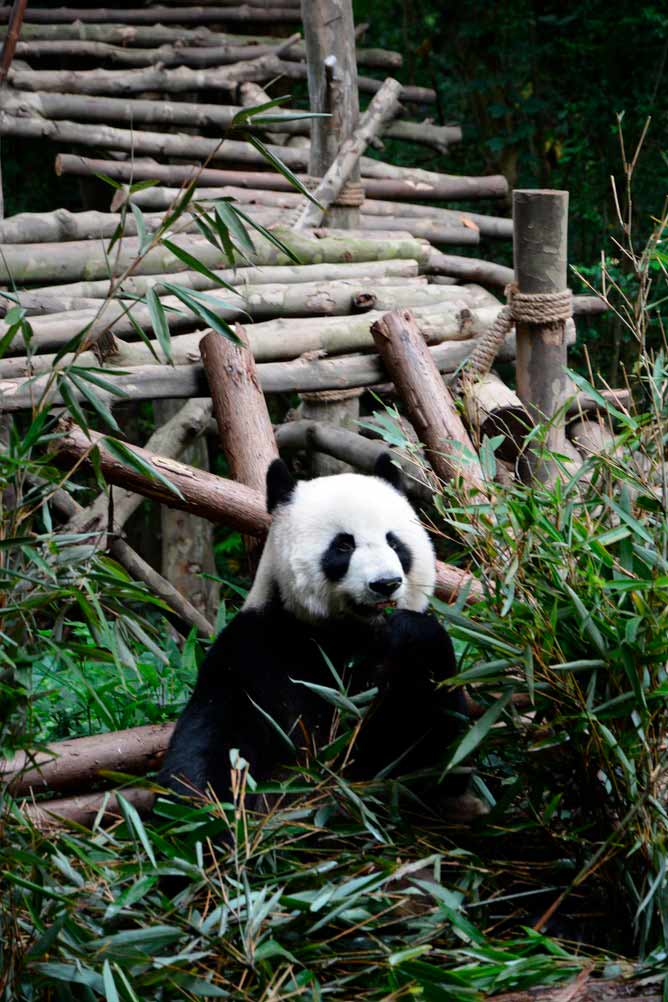
- Bamboo flooring doesn’t affect panda’s diets: Everyone knows that pandas eat mainly bamboo, so you might worry that you are starving some poor panda bear by installing using bamboo products. Luckily, pandas don’t eat Moso bamboo, which is the only type suitable for making flooring so that you can relax.
- Bamboo floors are more durable: As noted above, bamboo flooring bests hardwoods on the Janka hardness scale and is much more durable. It will last longer before needing refinishing or replacing and use fewer resources over the same period.
- Bamboo requires less transport: While many hardwood trees grow in the US, the company which owns them will often send them to China (or elsewhere in Asia) for manufacturing before shipping them back to America. It’s somehow cheaper to do that even if it costs the earth. On the other hand, Bamboo is grown and manufactured in China and only has to take a one-way trip to your front door.
8. Bamboo computer products
If you’re using a desktop computer, you’ve probably already experienced your keyboard buttons popping off as you type or the plastic casing of your mouse breaking and letting the ball escape. Did you know you can switch out that set for a hand-carved bamboo alternative? Since bamboo is so durable, the keys will stand up to even the most prolific typists, and the mouse won’t crack apart like plastic. Not only is it beautiful to look at, but it’s completely biodegradable at the end of its lifetime.
9. Bamboo straws
Disposable plastic drinking straws are a scourge on the modern environment, with Americans using an estimated 500 million things per day. Worse, there’s no way to recycle them. Many even wind up in the oceans where they can do untold harm to marine life. Paper straws have become common in some regions as a substitute. In some cases, however, these alternatives disintegrate easily. They end up causing more complaints than compliance with sustainable initiatives.
It’s time to declare war on straws and opt for bamboo ones that are easy to keep in your bag or kitchen drawer. Thanks to bamboo’s antibacterial qualities, you can feel safe using them for all your smoothies, sodas, and soy milkshakes. These recyclable bamboo products won’t be rotting away in a landfill long after you’re gone. Furthermore, they are durable – so you don’t have to worry about a soggy straw!
10. Bamboo skateboards

11. Bamboo Sunglasses
Proper sunglasses are essential to protecting your eyes during summer. The problem is that the plastic variety breaks super easily in your bag or suitcase, meaning you have no choice but to trash them. Make a change this summer by opting for bamboo frames that are kind to your eyes and the environment.
12. Bamboo Toothbrushes
Two billion plastic toothbrushes are ending up in landfills every year, but it’s not like you can give up brushing your teeth (gross!) or use them for longer than the recommended three months. Enter bamboo toothbrushes designed with recyclable BPA-free bristles, a biodegradable handle, and compostable packaging.
13. Bamboo pet collars

- Odor resistant
- Antibacterial
- Biodegradable
It’s great for those concerned about their carbon pawprint.
Be Greener Every Day – Use Bamboo Products
Using these incredible bamboo products and skipping products made from less sustainable sources is a small way to be more earth kind this year. However, we can all take small steps to be more eco-friendly in our home lives, like not leaving our laptops plugged in, taking shorter showers, and everything mentioned in the video below.
Last Updated: 1/10/2022

